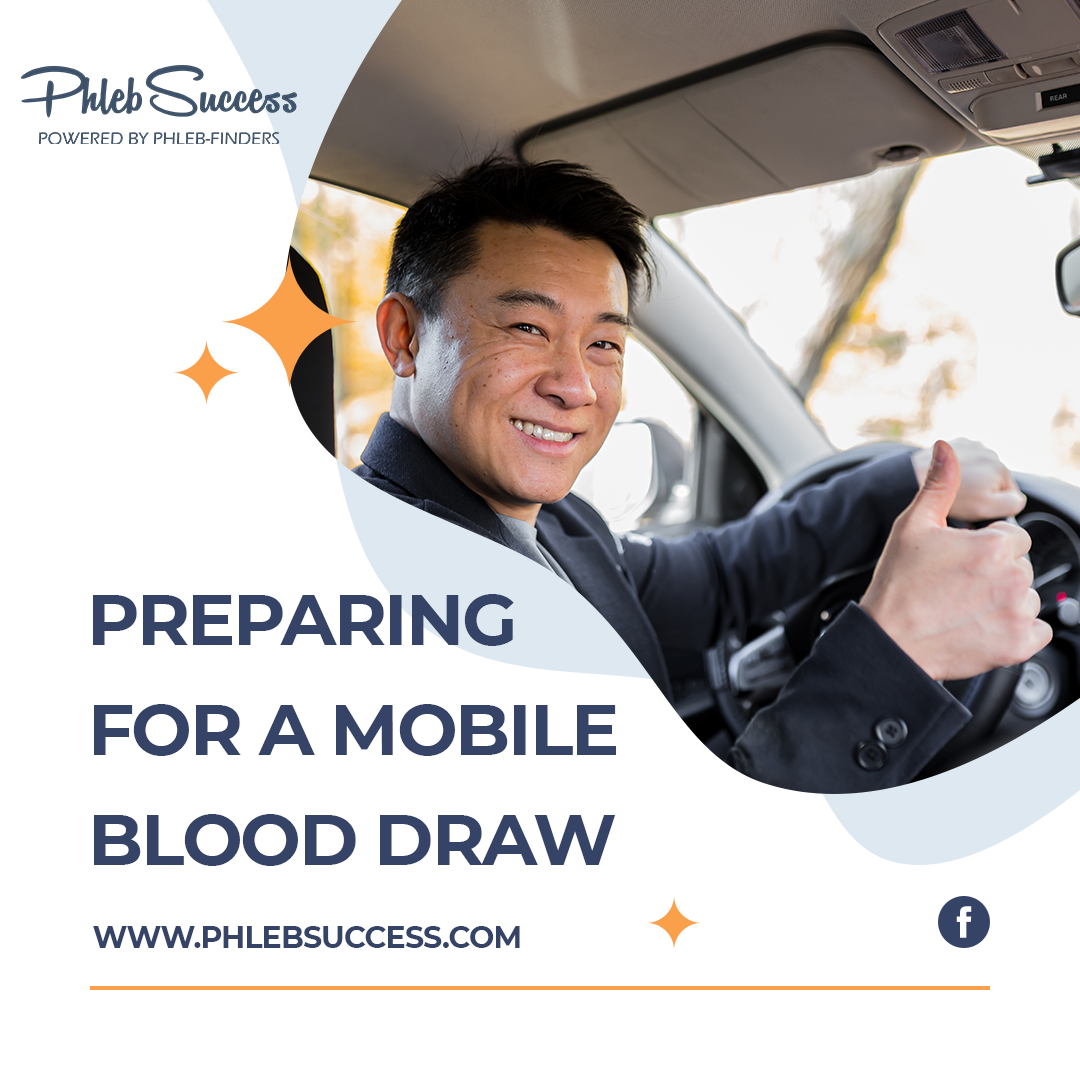Mitigating potential risks associated with outdoor or non-clinical settings
In this module, we will delve into the essential strategies for mitigating potential risks associated with mobile blood draws conducted in outdoor or non-clinical settings. Phlebotomists must be equipped to identify and address unique risks that may arise when performing blood collection outside of a traditional clinical environment, ensuring the safety and well-being of both patients and healthcare professionals.
One key aspect of risk mitigation is performing thorough site assessments before initiating a mobile blood draw. Phlebotomists should evaluate the environmental conditions, noting any potential hazards or safety concerns such as uneven terrain, inclement weather, or limited access to emergency medical support. By conducting comprehensive site assessments, phlebotomists can proactively mitigate risks and implement necessary precautions to safeguard the blood draw process.
Furthermore, effective communication and patient education play a vital role in risk mitigation during outdoor or non-clinical blood draws. Phlebotomists should engage in clear and accessible communication with patients, outlining safety protocols and providing guidance on how to best navigate the unique aspects of the blood draw setting. Educating patients about potential risks and the measures in place to mitigate them fosters a collaborative approach to safety and promotes patient awareness and cooperation.
By prioritizing thorough site assessments, clear communication, and patient education, phlebotomists can effectively mitigate potential risks associated with mobile blood draws in outdoor or non-clinical settings. Proactive risk mitigation strategies contribute to a safe and secure blood collection process, enabling phlebotomists to deliver quality care while ensuring the well-being of both patients and healthcare providers.
References:
